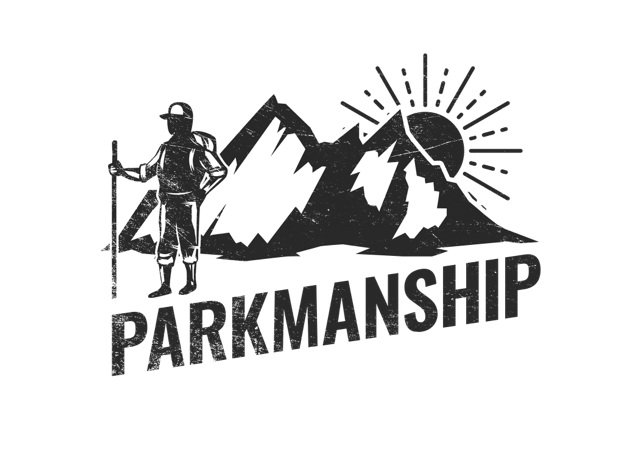Dispatches From the Parks: Canyon de Chelly National Monument
As I left New Mexico on my recent spring break trip, I made my way for the Navajo Nation in Arizona. The Navajo Nation has some pretty renowned parks including Monument Valley. However, my destination was one that is not as well known but is co-run between the Navajo and the National Park Service, Canyon de Chelly National Monument. Canyon de Chelly (pronounced like the old stadium the New York Mets played at, Shea) is located in Chinle, Arizona, a small town that’s kind of in the middle of nowhere. The park preserves an immense canyon that also happens to be the site of the longest continuous human habitation in the Colorado Plateau. It’s a sacred site of the Navajo.
My journey here began with a quick photo with the park entrance sign. It’s an older looking sign on a heavily used road that does a good job of disguising the immense beauty that lays beyond it. The visitor center is a short drive from there. The visitor center was also quite basic with an information desk, a small gift shop and some bathrooms (definitely short on exhibits). From the visitor center you have two options: drive the North Rim Drive or drive the South Rim Drive. You will need a full day to do both. As I was short on time, I chose to do the South Rim Drive. I had heard that the South Rim is better for afternoon pictures, which was the time I had arrived. However, if you are stuck only doing one I would recommend this one because I later found out that Canyon de Chelly is actually a network of canyons and the South Rim is the one that follows Canyon de Chelly proper. The North Rim Drive follows Canyon del Muerto.
The South Rim Drive has seven overlooks, although one of them is currently closed and has been for some time. The drive gains in elevation until the Sliding House Overlook, which also happens to be the most scenic. Canyon de Chelly averages around 5,500 feet in elevation so the weather when I went was a bit cold with some snow on the ground in spots towards the end of the drive (especially at the final overlook, Spider Rock Overlook). My first look into the canyon itself was at the first overlook, Tunnel Overlook. From here you can take a path a short way into the canyon before it's blocked off. You cannot actually go to the canyon floor without a Navajo guide. The views from the path were gorgeous, though, and they didn’t even come close to the greatness of the views that came later on in the drive. It was also at the parking lots for these first few overlooks (and therefore most popular) that there were multiple Navajo salespeople, which kind of took away from the experience of being out in this incredible place. I would like to just take in these stunning views without someone trying to sell me jewelry and artwork.
As you gain in elevation the views get better and better. The valley floor was so green and the canyon walls kept on becoming more immense. I’ve never been to the Grand Canyon, but if this isn’t the Grand Canyon then the actual one must be really grand. Most of the overlooks had small pathways that you could use to get to a safe but good viewing location of the canyon, but as the views got better I noticed more people going off from the path. There were no signs saying you couldn’t do this and I was tempted to do so, but it felt weird to do so on sacred Navajo land. The drive, in my opinion, culminates with the Sliding House Overlook, where the views of the canyon are at its best. Additionally, this is the one overlook that encourages you to go off the path and check out the canyon. The views here are so immense that you could not only see snow covered mountains in the far off distance but also see (and hear) the Chinle Wash going through the valley floor. The Chinle Wash isn’t exactly large so it makes this location quite distinctive from the Grand Canyon where the Colorado River is the clear creator of the canyon. While I was here someone tried creating an echo through the canyon walls and it actually worked. This was such a crazy experience to witness as the echo seemed to defy physics.
Beyond the Sliding House Overlook, the drive becomes more remote. Face Rock Overlook and Spider Rock Overlook are still gorgeous areas that should be visited, but it was an interesting journey to get there. The weather turned a bit as some brief sleet and snow showers emerged and the horse x-ing signs did not lie as multiple times horses almost held up traffic on the road. It made for an interesting back half of the drive. Upon topping out at Spider Rock Overlook, I turned around and headed back to the visitor center where my journey began.



